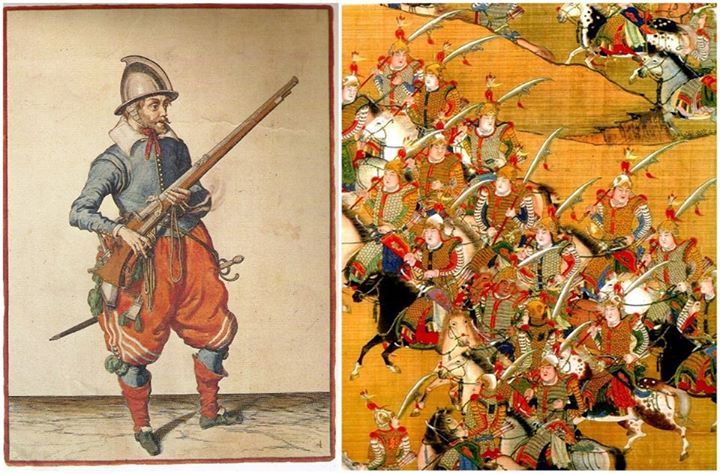
March 1659
Richard Cogan: the Englishman who saved Burma?
room China
In the 1650s, the Manchus were completing their conquest of China. As they moved into Yunnan, thousands of Ming soldiers (of the old dynasty) together with freebooters, their wives and children crossed the hills into Burma, attacking Shan principalities and advancing towards Ava itself. By March 1659 a force of approximately 4,000 Chinese cavalry reached Tada-U and laid siege to Ava. Portugese and Decanni Muslim artillerymen were employed by the king (Pindale) for the defense of the city walls. It seemed for a time that the Chinese would win. At the height of the battle, an Englishman named Richard Cogan fired his Dutch VOC cannon and, amazingly, killed the two Chinese commanders with a single shot. The Chinese, shocked and leaderless, retreated. Ava was saved.
Mr Cogan was an English trader born in India who had been living in Syriam before being recruited into the Burmese king's forces. Dutch guns were highly prized in Burma at the time. The Burmese word thenat (gun) is derived from the Dutch snaphaan (a gun firing mechanism). In the 17th century thenat would have been pronounced more like 'sanap'. These images show a 17th century European solider (not Mr Cogan) and a Ming army.
Explore more in Early Modern Myanmar and its Global Connections (1510-1824AD)